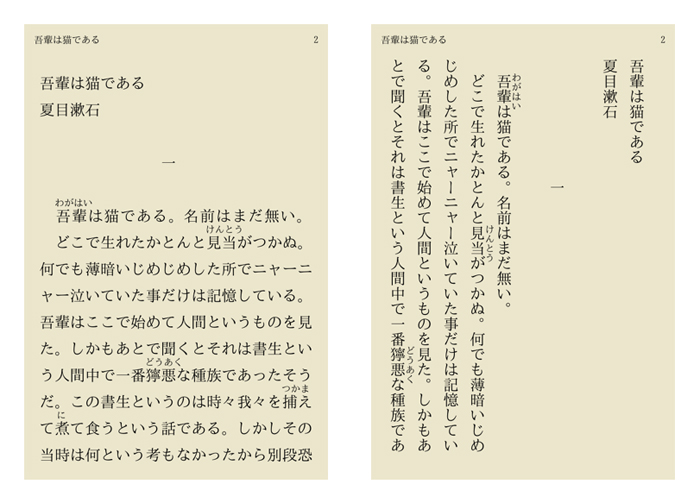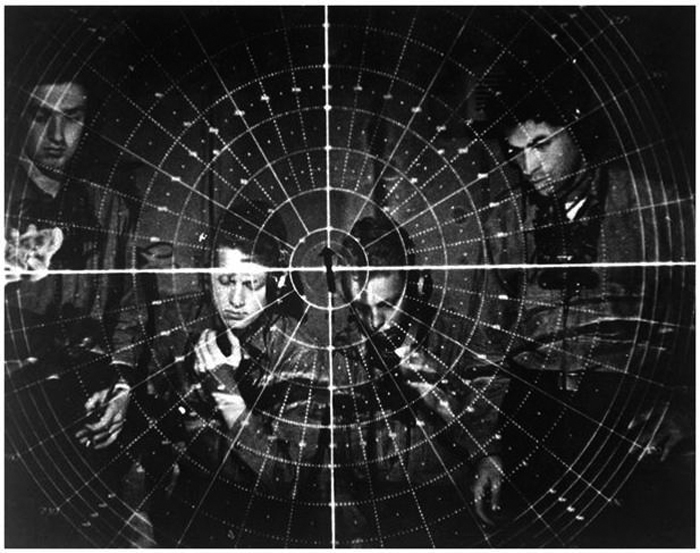
At a conference I attended recently, one of the speakers noted how the US army trains observers to “read” a landscape from right to left. The idea is that, as Anglophones accustomed to reading left to right, reversing the direction of attention brings more concentration to bear on the situation. Moving from right to left disrupts the soldier’s instinctual recognition patterns, and so they are more likely to spot things. This skill has apparently migrated from soldiers to photographers:
“One of the first tricks I learned many years ago had nothing to do with photography, but was drilled into me by an army sergeant. It only took a few smacks up the back of my head to learn how to look from right-to-left when scanning a landscape in an effort to see the hidden “enemy” in our mock battles. This process of reverse reading forced me to slow down and read each tree as if it were a syllable I was seeing for the first time. Even today, about thirty years after I called that sergeant every adjective not found in a decent dictionary, I still find myself scanning a landscape from right-to-left.”
The conference speaker contrasted this way of seeing, and the assumptions explicit within it, with the Japanese way of reading, which may be right-to-left, or vertical:

One might also, in the context of today’s military operations consider the right-to-leftness of Hebrew and Arabic script (and Farsi, and Urdu) – and from there consider the verticality and three-dimensionality of text and thought online, the way it branches and deepens, how it recedes through the screen, through hyperlinks, into an endless chain of connections and relationships.
This reversal and inversion of language patterns has many historical and thus military uses. In Reality is Plenty, Kevin Slavin relates a tale told to him by a photography professor, who was trained as a World War II radar operator.
When radar signals were received aboard an aircraft carrier, they were displayed on a radar oscilloscope. But in order for this information be used in the midst of battle, the positions needed to be transcribed to a large glass viewing pane, and as part of this process they needed to be inverted and reversed. To perform this operation quickly and accurately, the radar operators were trained and drilled extensively in “upside down and backwards town”, a classified location where everything from newspapers to street signs were printed upside down and backwards. This experience would not so much create a new ability for the radar operators, as break down their existing biases towards left-to-right text, allowing them to operate in multiple dimensions at once.

This process, in Kevin’s reading and in mine, is akin to much of our experience of new technology, when our existing frameworks of reference, both literary and otherwise, are broken down, and we must learn over once again how to operate in the world, how to transform and transliterate information, how to absorb it, think it, search for it and deploy it. We must relearn our relationship not only with information, but with knowledge itself.
And I was reminded of this once again when I found myself at the weekend defending, for the first time in a long time, but certainly not for the first time ever, the kind of thinking and knowledge production which is native to the internet. In this oft-rehearsed argument, whether it be about ebooks or social media or news cycles or or or, the central thrust is that x technology is somehow bad for us, for our thought, our attention, our cognitive processes etc., where x always tends towards “the internet”, as the ur-technology of our time.
And the truth is that I cannot abide this kind of talk. I know people don’t read books like they used to, and they don’t think like they used to, but I struggle to care. Most of this talk is pure nostalgia, a kind of mostly knee-jerk, mostly uncritical (although not thoughtless) response to entirely rational fears about technological opacity and complexity (this nostalgia, of course, was the basis for the New Aesthetic). But this understandable reaction also erases all the new and different modes of attention and thought which, while they are difficult to articulate because we are still developing and discovering the language to articulate them with, are nonetheless present and growing within us. And I simply do not see the damage that is ascribed to this perceived “loss” – I don’t see the generations coming up being any less engaged in culture and society, reading less, thinking less, acting less, even when they are by any measure poorer, less supported, forced to struggle harder for education and employment, and, to compound the injury, derided at every opportunity as feckless, distracted, and disengaged. I see the opposite.
I’m getting more radical in my view of the internet, this unconsciously-generated machine for unconscious generation. I’m feeling more sure of its cultural value and legacy, and more assertive about stating it. We built this thing, and like all directed culture of the past, it has an agency and a desire, and if you pay attention to it you can see which way it wants to go, and what it wants to fight. We made that, all of us, in time, but we don’t have full control of it. Rather, like the grain of wood, it’s something to be worked with and shaped, but also thought about and conceptualised, both matter and metaphor.
It’s possible, despite the faults of data and design, to be an unchurched follower of the internet: undogmatic, non-sectarian, wary of its faults, all too conscious of its occupation by the forces of capital and control, but retaining a deep faith in its message and meaning. A meaning which it is still up to us to explore and enact, to defend where possible and oppose when necessary. If there is progress, if things can be improved, then they must be improved by new inventions, by the things we have not tried before. No going backwards to the future.
Comments are closed. Feel free to email if you have something to say, or leave a trackback from your own site.